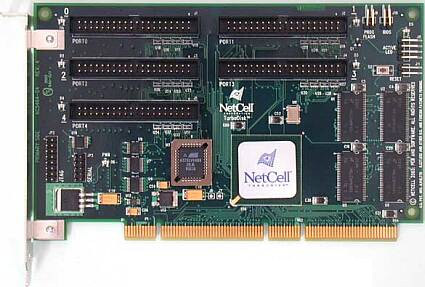Bij Toms Hardware is een review verschenen over de SyncRAID-architectuur van Netcell. Netcell claimt met SyncRAID de prestaties van RAID 0 te kunnen bieden samen met de veiligheid van RAID 5. De truc zit hem in het gebruik van een aparte harde schijf om de parity-informatie op te slaan zoals bij RAID 3. Daarnaast wordt de parity-informatie op een slimme manier berekend zodat de XOR-unit van de RAID-controller niet de bottleneck wordt (zoals bij RAID 5 vaak het geval is).
Een nadeel van de techniek is dat het lezen en schrijven van kleine hoeveelheden gegevens niet erg vlot gaat. Daarom richt Netcell zich op de desktopmarkt en niet op de servermarkt waar veel gewerkt wordt met kleine blokjes data. Uit de benchmarks blijkt dat de SyncRAID-architectuur goed presteert onder de juiste condities en de reviewer is dan ook positief:
In the disciplines important for NetCell, on the other hand, the NC-5464 performs outstandingly: with five hard drives, the NC-5464 usually works faster than the competing product from 3Ware. Power output gets interesting when there is a hard-drive crash, because it has hardly any impact on NetCell. Still, RAID XL has one disadvantage: the higher the number of hard drives, the longer access time seems to get.
We think that the most promising configuration right now would be one with three hard drives: There are not many users who can imagine working with two hard drives in RAID 0 for performance reasons. However, a majority of them are afraid of the expense and the increased risk of crashes. On the other hand, a RAID 1 only allows half of the total memory, which means it's rarely an alternative. Four hard drives would be ideal, but then again, only by wasting space in RAID 01 or 10 or with an expensive controller in RAID 5.

